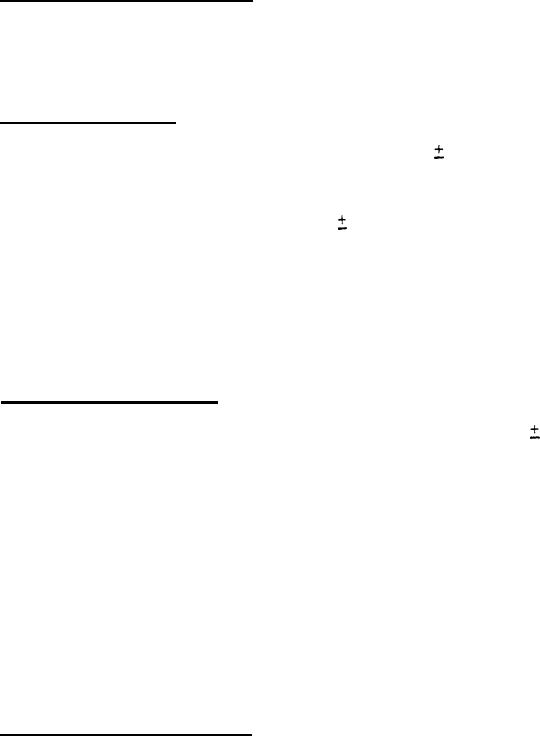 |
|||
|
|
|||
| ||||||||||
|
|  MIL-P-23504(Wep)
inlet pressure has remained stable for a period of not less than 1/2 hour.
A check shall be made to insure that no flow of air or other gases is
entering the pump inlet during this test. The vacuum pump shall have op-
erated continuously for not less than one (1) hour prior to making the
pressure check,
4.4.6.3
Pumping Rate at Low Pressures: The vacuum pump shall be oper-
ated at its rated speed. with the discharge open to atmospheric pressure
until the rate in cfm (measured at inlet conditions of pressure and temper-
ature) at which it is capable of evacuating a container maintained at 100
microns Hg absolute pressure has been determined, This test shall be con-
ducted by one of the following methods:
4.4.6.3.1
Measured Leak Method: The vacuum pump shall be connected to a
vacuum chamber of suitable size which has been tested and found to have no
detectable leaks when operated at an absolute pressure of 100
10 microns
Hg. The vacuum pump shall be started and operated to evacuate the chamber
to approximately 100 microns H g absolute pressure. Air shall be permitted
to leak into the chamber through a flow measuring device at a rate which
will maintain the chamber pressure constant at 100
10 microns Hg absolute
pressure. The quantity of air permitted to leak into the chamber over a
period of not less than 2 hours shall be determined, The quantity measured
shall be converted to the actual volume at chamber pressure and temperature
that was permitted to leak into the chamber per minute (actual pumping
rate). The volumetric efficiency of the vacuum pump when operating at an
absolute pressure of 100 microns Hg shall be calculated. The method of
calculation for determining both the pumping rate and the volumetric
efficiency shall be demonstrated,
4.4.6.3.2
Pressure Reduction Method: The vacuum pump shall be connected
to a chamber of accurately known dimensions which has been tested and found
to have no detectable leaks when operated at an absolute pressure of 100
10 microns Hg. The vacuum pump shall be started and used to evacuate the
chamber to a pressure less than 100 microns Hg absolute. The time required
to evacuate the chamber from an absolute pressure of, for example, 200 to
50 microns Hg, shall be accurately determined by a series of not less than
10 individual tests. The internal volume of the vacuum chamber shall be not
less than 10 cu.ft. From the known internal volume of the chamber plus its
attachments and the length of time required to reduce the absolute pressure
is indicated above, the pumping rate at a pressure of 100 microns Hg abso-
lute shall be determined, The volumetric efficiency of the vacuum pump at
an absolute pressure of 100 microns shall be calculated from this informa-
tion. The methods of calculation for determining the pumping rate and the
volumetric efficiency shall be demonstrated.
The connection from the vacuum chamber to the vacuum pump shall
4.4.6.3.3
be 1-1/2 inches or larger iron pipe size.
Test With Tricresyl Phosphate: The tests specified in para-
4.4.6.4
graphs 4.4.6.1, 4.4.6.2 and 4.4. 6.3 shall be repeated using tricresyl
17
|
|
Privacy Statement - Press Release - Copyright Information. - Contact Us |